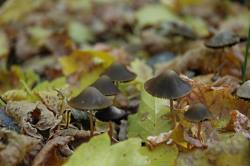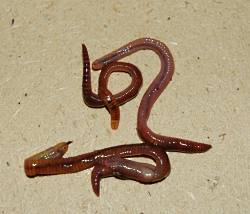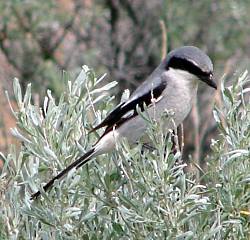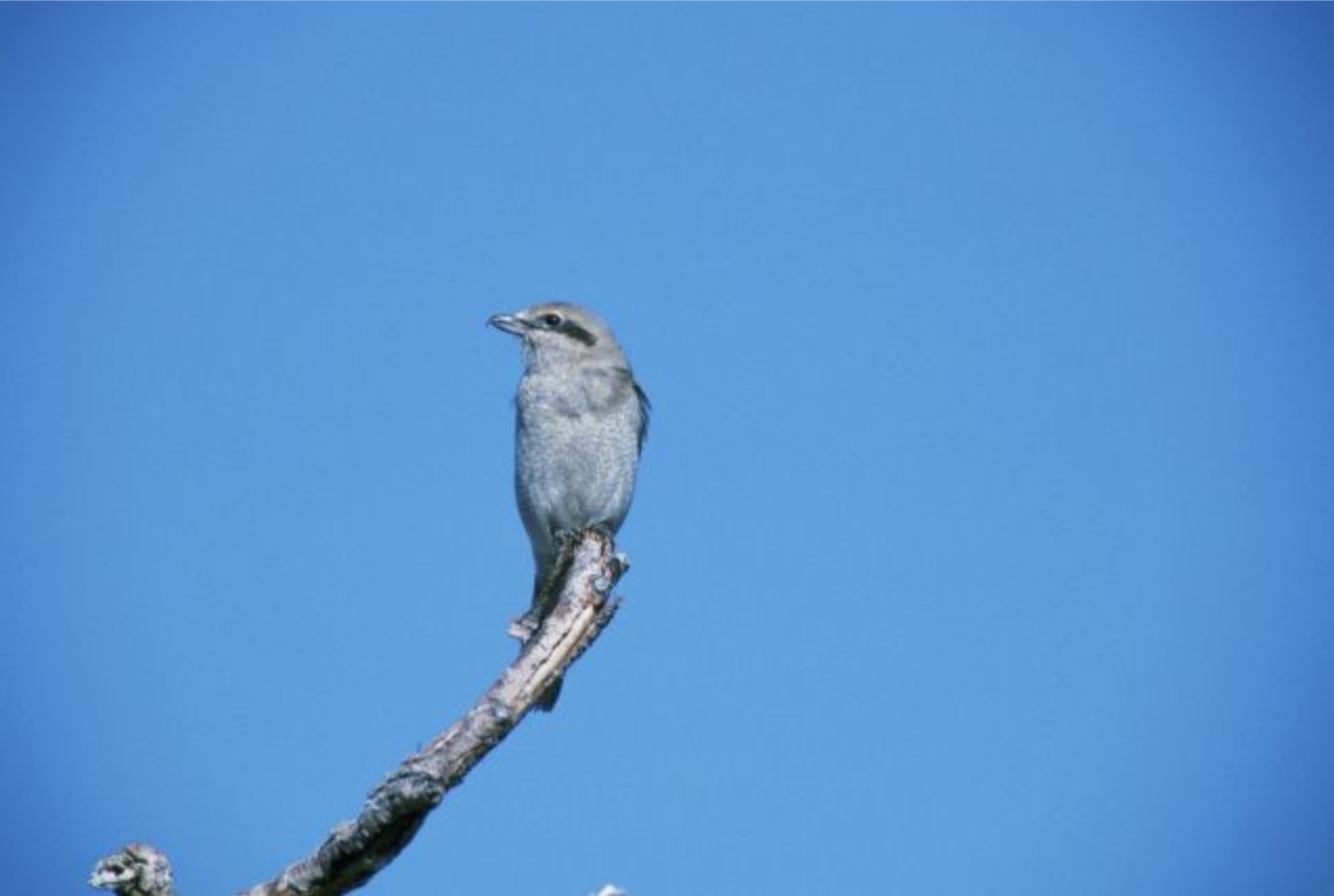
Haliaeetus leucocephalus
Courtesy US FWS
Though West Nile virus is not a new name to most of us, our familiarity with it typically comes from summer time outbreaks amongst human populations. Yet this particular flare up has gained attention for causing the deaths of over 50 Bald Eagles and it happened during winter.
West Nile virus is maintained in nature by a transmission cycle between mosquitoes and birds. In this cycle, birds simply act as pathogen reservoirs, while the mosquitoes act as pathogen vectors passing the virus on to their eggs and infecting humans and animals through bites. Historically, in the locations of its origin – Africa, Europe, Asia, and the Middle East – this pathogen is rarely fatal to its avian hosts. In fact, antibodies to West Nile virus have been found in the blood of birds native to this region.
It wasn’t until 1997, when a stronger strain of West Nile virus emerged and caused fatalities in a wide range of avian species, that the infection started to be considered pathogenic to birds. When the disease first reached the United States in 1999 it proved to be highly virulent in North American bird populations. The American crow was particularly susceptible. Within 4 months of detection in New York, nearly 5,500 crows died from the infection. Since this first outbreak, West Nile virus spread across the United States and has been isolated in over 250 species of birds, including Bald Eagles.
While wintertime infection amongst human populations is rare, infection during this season is not so uncommon for birds. This is because birds can contract the disease by a variety of routes other than mosquito bites and direct contact. This is especially the case amongst opportunistic scavengers like raptors. If a raptor consumes the carcass of a bird killed by West Nile virus it can contract the virus orally, as the Bald Eagles did after consuming the remains of infected Eared Grebes. Luckily, while bird-to-bird transmission does occur amongst birds that exhibit roosting and group behaviors, the likelihood of a Bald Eagle, which is typically a solitary bird, directly passing the disease to another Bald Eagle is quite low. Meaning that once the last of the infected food source is gone, hopefully no further infections will occur.
For Wild About Utah, I’m Anna Bengtson.
Credits:
Image: Courtesy US FWS
Text: Anna Bengston
Sources & Additional Reading:
World Health Organization. West Nile Virus https://www.who.int/mediacentre/factsheets/fs354/en/
Utah DWR. Wildlife News: DWR Learns What Killed Bald Eagles https://wildlife.utah.gov/wildlife-news/1330-utah-dwr-learns-what-killed-bald-eagles.html
Koenig, W.D., Hochachka, W. M., Zuckerberg, B., and Dickinson, J.L. 2010. Ecological Determinants of American Crow Mortality Due to West Nile Virus During its North American Sweep. Oecologia, 163: 903-909. https://www.nbb.cornell.edu/wkoenig/K156TA_10.pdf
Powell, H. 2010. Counting Crows. BirdScope: Autumn 2010. https://www.allaboutbirds.org/Page.aspx?pid=1956
Rappole, J.H., Derrickson, S.R., and Hubálek, Z. 2000. Perspectives: Migratory Birds and Spread of West Nile Virus in the Western Hemisphere. Emerging Infectious Diseases, Vol. 6, No. 4, July-August 2000, pp. 319-328. https://wwwnc.cdc.gov/eid/article/6/4/pdfs/00-0401.pdf
Reisen, William K. 2013. Ecology of West Nile Virus in North America. Viruses, Vol. 5, Issue 9, pp. 2079-2105. https://www.mdpi.com/1999-4915/5/9/2079





